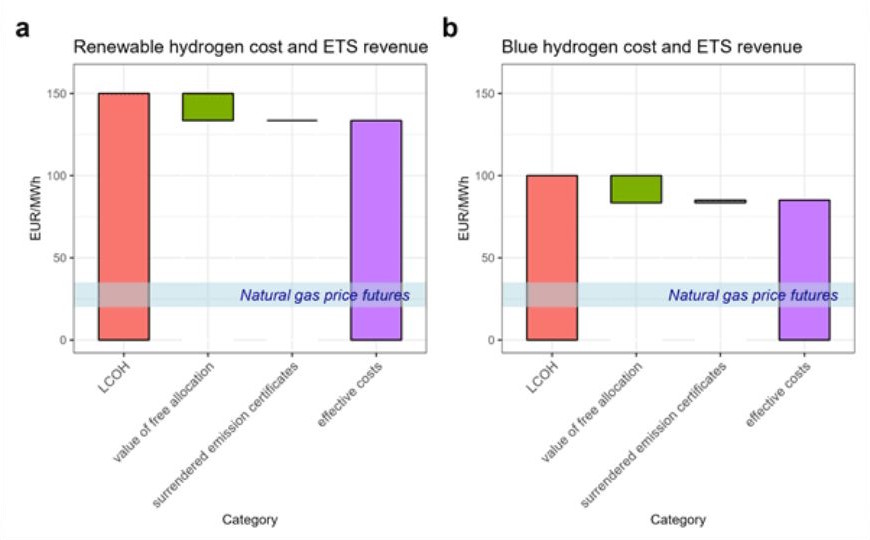EU ETS II Pricing Scenarios

September 17, 2025 BloombergNEF published its Report: EU ETS II Pricing Scenarios
As the EU prepares to launch its new carbon market for road transport and buildings (EU ETS II) in 2027, the discussion about its social and political sustainability is gaining momentum.
In June 2025, sixteen EU Member States voiced concern that high carbon prices could impose heavy costs on households and businesses – risking a public backlash despite broad support for climate goals.
BloombergNEF’s new analysis explores what a “carbon price sweet spot” could look like — one that balances affordability for consumers with effective emissions reduction.
✅ Key insights:
📌 Under its current design, EU ETS II could see prices as high as €122/tCO₂ in 2030, the highest globally, cutting emissions by 40% (vs. 2005) but raising fuel prices by up to one-third.
📌 Flexible market design could help stabilize prices around €78/tCO₂, with limited impact on emission targets.
📌 Recycling 50% of ETS II revenues into electrification subsidies could lower average prices to €67/tCO₂.
📌 Complementary policies, such as stricter vehicle and building efficiency standards, could further ease pressure, keeping prices around €86/tCO₂.
📌 A combined approach could reduce average prices to €45/tCO₂, cutting social costs by 55% while maintaining climate ambition.
In parallel, the European Commission highlights the broader benefits of carbon pricing:
✅ Cutting emissions by 50% since ETS launch 20 years ago.
✅ Funding innovation through the Innovation Fund and Modernisation Fund.
✅ Supporting over €200 billion in clean investments.
✅ Mobilising €86.7 billion via the Social Climate Fund (2026–2032) to protect vulnerable households.
☑️ Main Conclusion: The success of ETS II will depend on finding this balance, ensuring climate ambition remains credible while keeping the transition socially fair and politically resilient.


